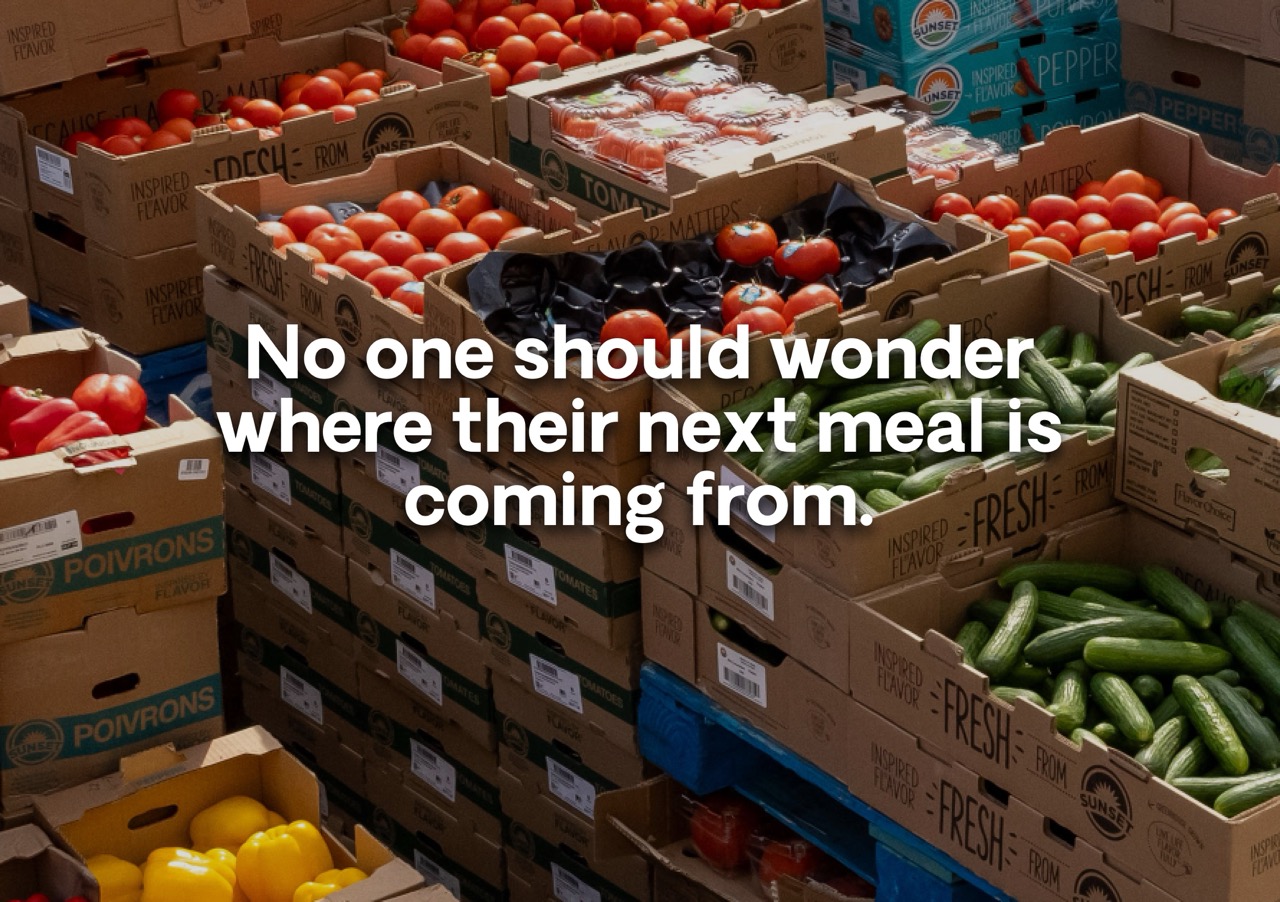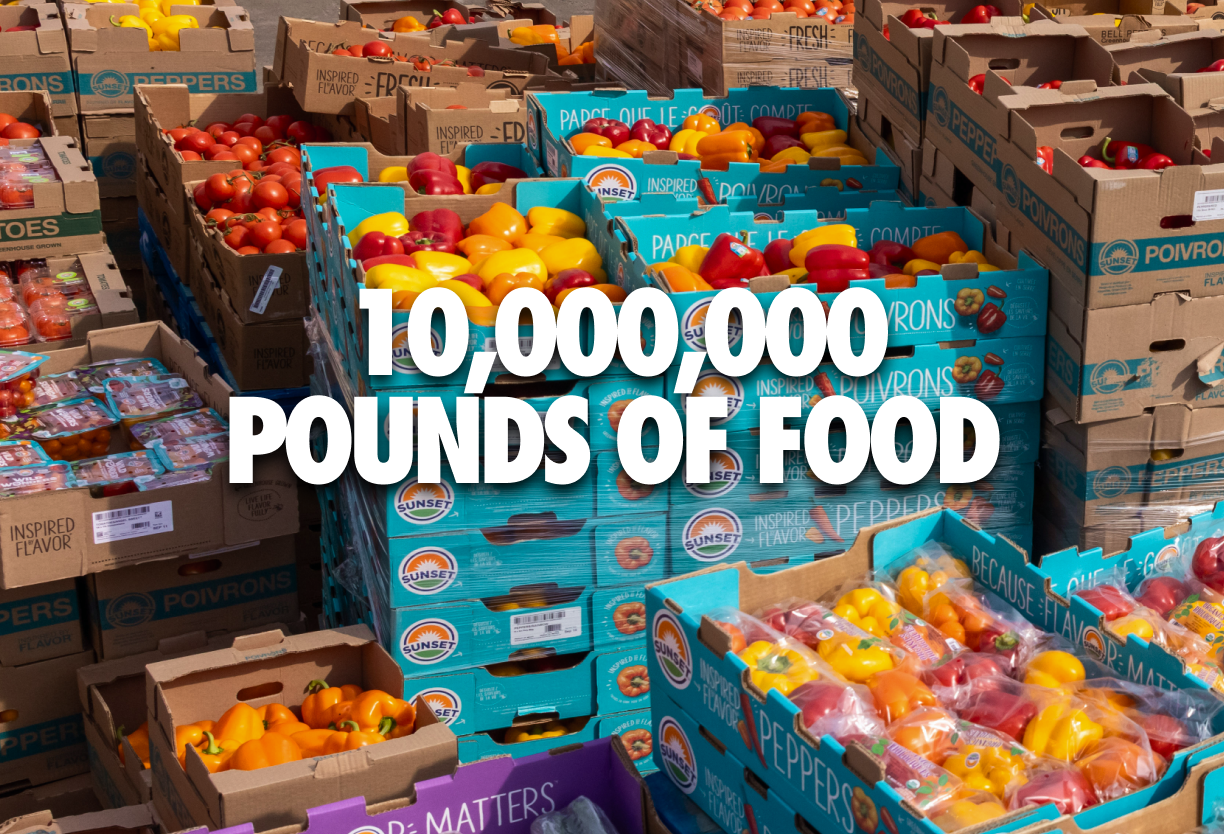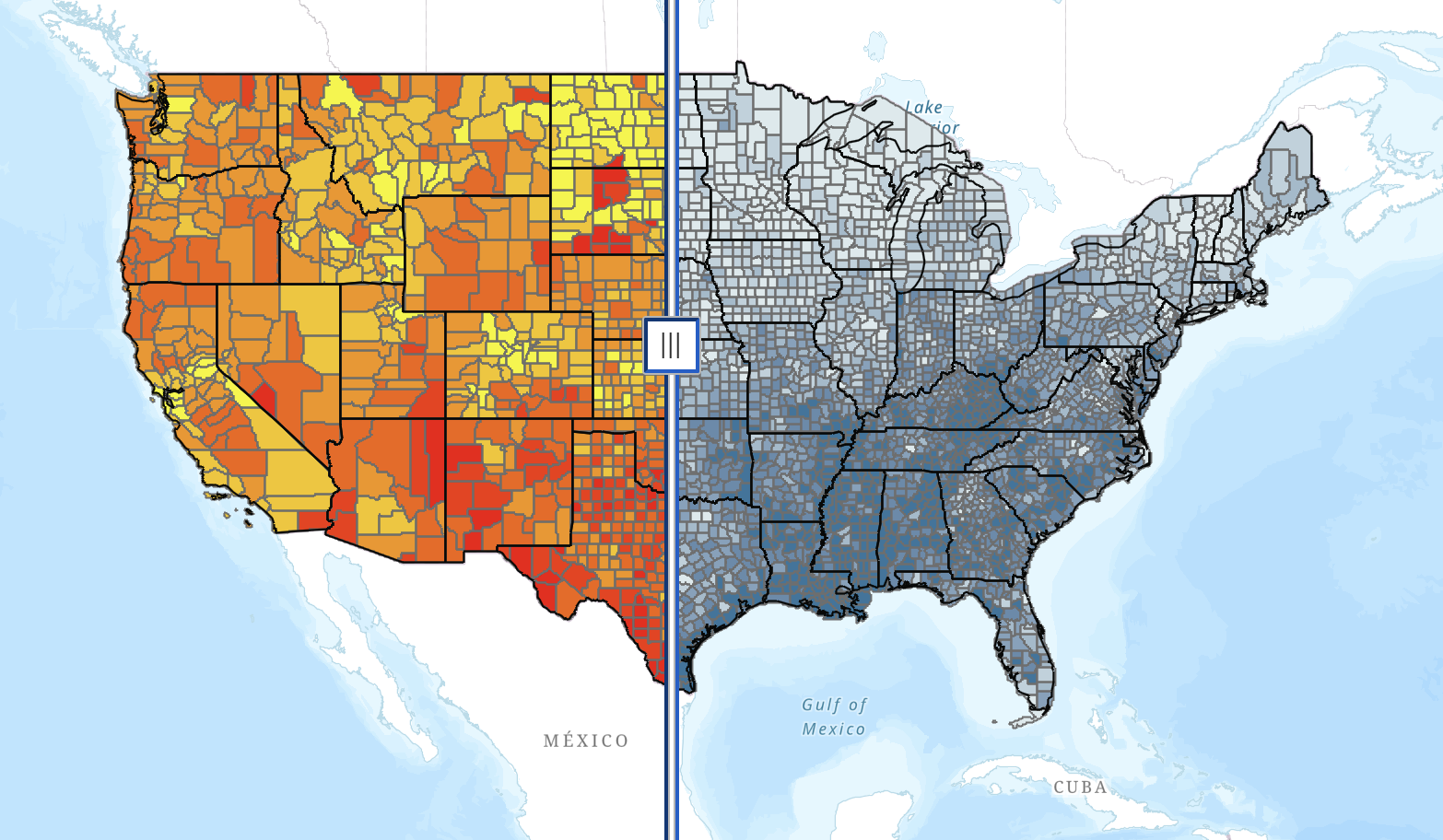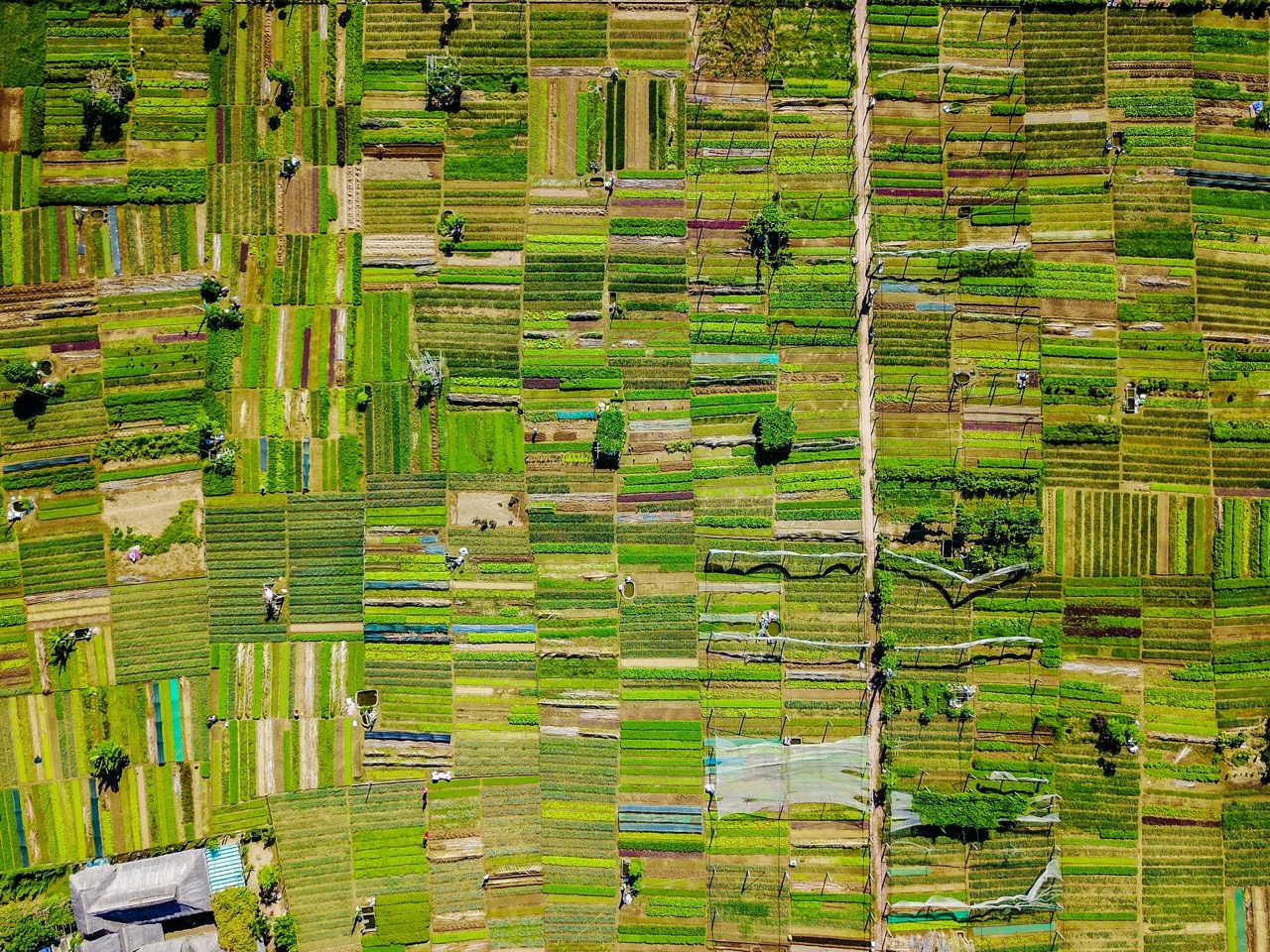Hello Farmlinkers!
My name is Trenton Newberry, and I am a fundraising team lead at Farmlink.
My role is to welcome new fellows to the fundraising team, cultivate donor relations, and help strategize our fundraising efforts. One of our major fundraising projects every year is the Peer-to-Peer Campaign. Peer-to-peer is an annual summertime campaign that encourages Farmlinkers to find creative ways to fundraise, raise awareness, and introduce to new individuals in their networks.
In Farmlink’s first four months of existence, we received nearly 7,000 donations, or about 45 donations per day, many of which were from individuals in our network. Simply put, Farmlink would not exist without the widespread generosity of individuals in the early stages.
As a grassroots organization, we rely on our community to support the health and vitality of the work we do. Peer-to-peer utilizes word of mouth and social media awareness to continually drive Farmlink’s growth and, in turn, our effect on the agrifood system. The fellows at Farmlink are hard at work executing creative peer-to-peer campaigns for this summer. Check out some below and see how you can get involved!
%20(900%20%C3%97%20230%20px).png)
%20(900%20%C3%97%20230%20px)%20(1).png)
%20(900%20%C3%97%20230%20px)%20(2).png)
These three projects are destined to go down in Farmlink History, as are the dozens of other campaigns being run by Farmlinkers across the country. Here are some ways in which you can get involved!
- First, tell your network about Farmlink. I’m talking about family, friends, not-so close friends, roommates, partners, exes, coworkers, passer-bys on the subway, even Peyton from your crocheting club that meets on Sundays… literally everyone.
- Second, support an existing peer-to-peer campaign! We’d love to see you at our larger peer-to-peer gatherings! It’ll be a great chance to network and engage with Farmlinkers in person! If you are unable to make it, follow along on social media for live updates of each event.
- Hold a fundraising or awareness event of your own and donate the proceeds to Farmlink! Be sure to contact us when you do and we can shout you out on Farmlink social media!
If you have any questions about Farmlink’s peer-to-peer efforts, please email trenton.newberry@farmlinkproject.org, and I am happy to help!
Thank you!
Trenton Newberry
%20(900%20%C3%97%20230%20px)%20(900%20%C3%97%20300%20px)%20(18).png)
< Back
Hello Farmlinkers!
My name is Trenton Newberry, and I am a fundraising team lead at Farmlink.
My role is to welcome new fellows to the fundraising team, cultivate donor relations, and help strategize our fundraising efforts. One of our major fundraising projects every year is the Peer-to-Peer Campaign. Peer-to-peer is an annual summertime campaign that encourages Farmlinkers to find creative ways to fundraise, raise awareness, and introduce to new individuals in their networks.
In Farmlink’s first four months of existence, we received nearly 7,000 donations, or about 45 donations per day, many of which were from individuals in our network. Simply put, Farmlink would not exist without the widespread generosity of individuals in the early stages.
As a grassroots organization, we rely on our community to support the health and vitality of the work we do. Peer-to-peer utilizes word of mouth and social media awareness to continually drive Farmlink’s growth and, in turn, our effect on the agrifood system. The fellows at Farmlink are hard at work executing creative peer-to-peer campaigns for this summer. Check out some below and see how you can get involved!
%20(900%20%C3%97%20230%20px).png)
%20(900%20%C3%97%20230%20px)%20(1).png)
%20(900%20%C3%97%20230%20px)%20(2).png)
These three projects are destined to go down in Farmlink History, as are the dozens of other campaigns being run by Farmlinkers across the country. Here are some ways in which you can get involved!
- First, tell your network about Farmlink. I’m talking about family, friends, not-so close friends, roommates, partners, exes, coworkers, passer-bys on the subway, even Peyton from your crocheting club that meets on Sundays… literally everyone.
- Second, support an existing peer-to-peer campaign! We’d love to see you at our larger peer-to-peer gatherings! It’ll be a great chance to network and engage with Farmlinkers in person! If you are unable to make it, follow along on social media for live updates of each event.
- Hold a fundraising or awareness event of your own and donate the proceeds to Farmlink! Be sure to contact us when you do and we can shout you out on Farmlink social media!
If you have any questions about Farmlink’s peer-to-peer efforts, please email trenton.newberry@farmlinkproject.org, and I am happy to help!
Thank you!
Trenton Newberry
%20(900%20%C3%97%20230%20px)%20(900%20%C3%97%20300%20px)%20(18).png)
From Coast-to-Coast, Farmlinkers Connect Peer-to-Peer
Hello Farmlinkers!
My name is Trenton Newberry, and I am a fundraising team lead at Farmlink.
My role is to welcome new fellows to the fundraising team, cultivate donor relations, and help strategize our fundraising efforts. One of our major fundraising projects every year is the Peer-to-Peer Campaign. Peer-to-peer is an annual summertime campaign that encourages Farmlinkers to find creative ways to fundraise, raise awareness, and introduce to new individuals in their networks.
In Farmlink’s first four months of existence, we received nearly 7,000 donations, or about 45 donations per day, many of which were from individuals in our network. Simply put, Farmlink would not exist without the widespread generosity of individuals in the early stages.
As a grassroots organization, we rely on our community to support the health and vitality of the work we do. Peer-to-peer utilizes word of mouth and social media awareness to continually drive Farmlink’s growth and, in turn, our effect on the agrifood system. The fellows at Farmlink are hard at work executing creative peer-to-peer campaigns for this summer. Check out some below and see how you can get involved!
%20(900%20%C3%97%20230%20px).png)
%20(900%20%C3%97%20230%20px)%20(1).png)
%20(900%20%C3%97%20230%20px)%20(2).png)
These three projects are destined to go down in Farmlink History, as are the dozens of other campaigns being run by Farmlinkers across the country. Here are some ways in which you can get involved!
- First, tell your network about Farmlink. I’m talking about family, friends, not-so close friends, roommates, partners, exes, coworkers, passer-bys on the subway, even Peyton from your crocheting club that meets on Sundays… literally everyone.
- Second, support an existing peer-to-peer campaign! We’d love to see you at our larger peer-to-peer gatherings! It’ll be a great chance to network and engage with Farmlinkers in person! If you are unable to make it, follow along on social media for live updates of each event.
- Hold a fundraising or awareness event of your own and donate the proceeds to Farmlink! Be sure to contact us when you do and we can shout you out on Farmlink social media!
If you have any questions about Farmlink’s peer-to-peer efforts, please email trenton.newberry@farmlinkproject.org, and I am happy to help!
Thank you!
Trenton Newberry
%20(900%20%C3%97%20230%20px)%20(900%20%C3%97%20300%20px)%20(18).png)
.png)
%20(900%20%C3%97%20150%20px)%20(5).png)






.svg)
.svg)
.svg)